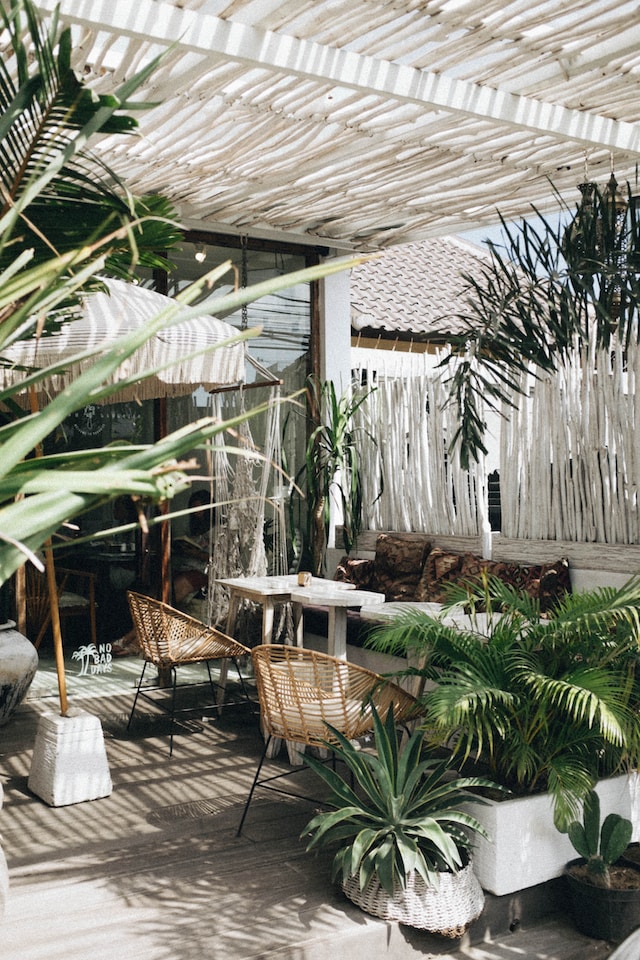Importance of Flooring in MicroGreenhouses
Stepping into the tiny but thriving world of an indoor microgreenhouse, one of the key aspects that affect the productivity and overall growth of the plants is the type of flooring used. Based on expert advice, the right flooring can have a profound impact on key factors such as temperature regulation, moisture control and ease of cleaning.
Imagine your microgreenhouse being a natural haven with the perfect temperature, maintained not only by the walls and the roof, but also by the floor. Besides, a suitable flooring type can help manage water drainage and ensure that the roots of your plants do not become waterlogged. Finally, cleanliness is vital in these cozy spaces. Easy-to-clean floors may prevent the build-up of harmful bacteria and fungi that can deter plant growth.
Best Flooring Options for MicroGreenhouses
Now that we understand the significance of the right flooring, let’s delve into the types perfectly suited for indoor microgreenhouses. These options include concrete, ground cover, gravel, and clay, each having its unique advantages and slight drawbacks.
Concrete is durable, easy to clean, and effectively conserves heat. Ground cover, such as weed mats, provides a barrier against pests and weeds. On the other hand, gravel aids remarkable drainage and can be combined with other floor types. Clay, while a more traditional option, regulates temperature efficiently. Each of these flooring types, while differing in aspects, are designed to enhance your microgreenhouse’s productivity.
Comparing Different Flooring Types
While all types of flooring have their benefits, making an informed choice tailored to your specific needs can make a difference in your indoor microgreenhouse’s performance. A comprehensive guide on the practical aspects of flooring can be found here.
For instance, if you prefer a sturdy, long-lasting solution and do not mind an initial investment, concrete is the way to go. If pest management is a priority, ground cover might be your answer. When it comes to exceptional drainage with a natural look, gravel paves a great way. When temperature regulation is the key, clay might just be the solution you were looking for. Ultimately, your choice should align with your microgreenhouse’s specific requirements.
Innovative Flooring Solutions for MicroGreenhouses
Moving beyond traditional options, innovative flooring solutions like radiant heating floors or using sustainable materials like cork and bamboo offer a fresh approach for flooring in your indoor microgreenhouse.
Radiant heating floors, for instance, can provide consistent heat throughout the greenhouse, benefitting the plants’ growth. Innovative designs like these raise the bar of greenhouse efficiency, as portrayed by architect Iván Bravo.
Cork and bamboo, on the other hand, are sustainable options that offer moisture resistance, are easy to maintain, and add a unique natural touch. As we continue to evolve in our gardening practices, these innovative materials and designs continue to redefine the possibilities within your tiny green paradise.

